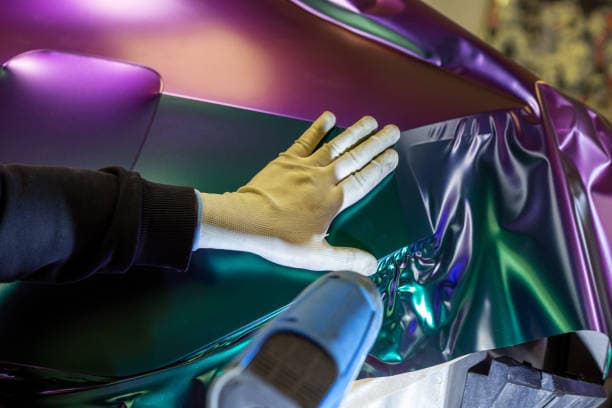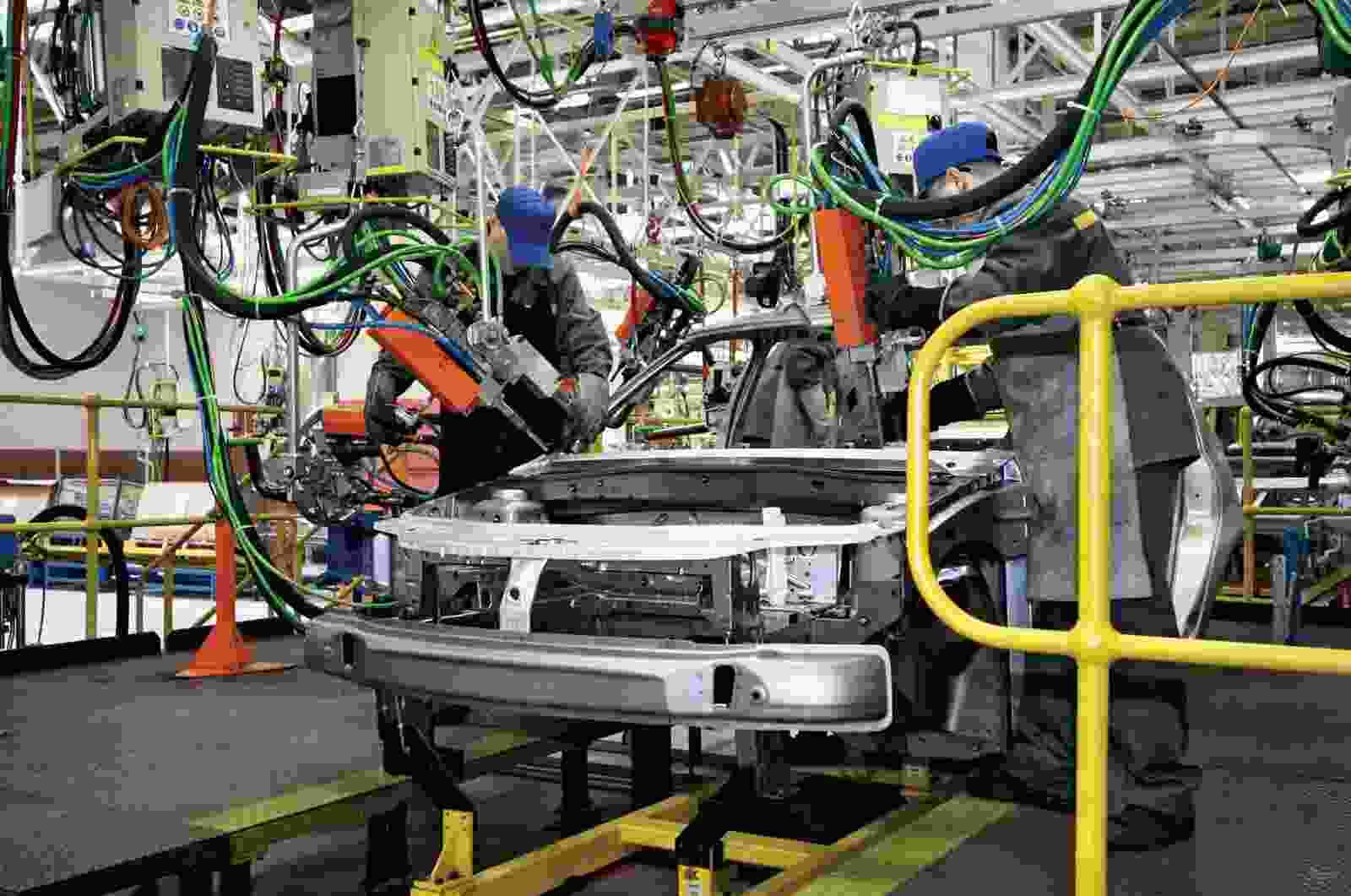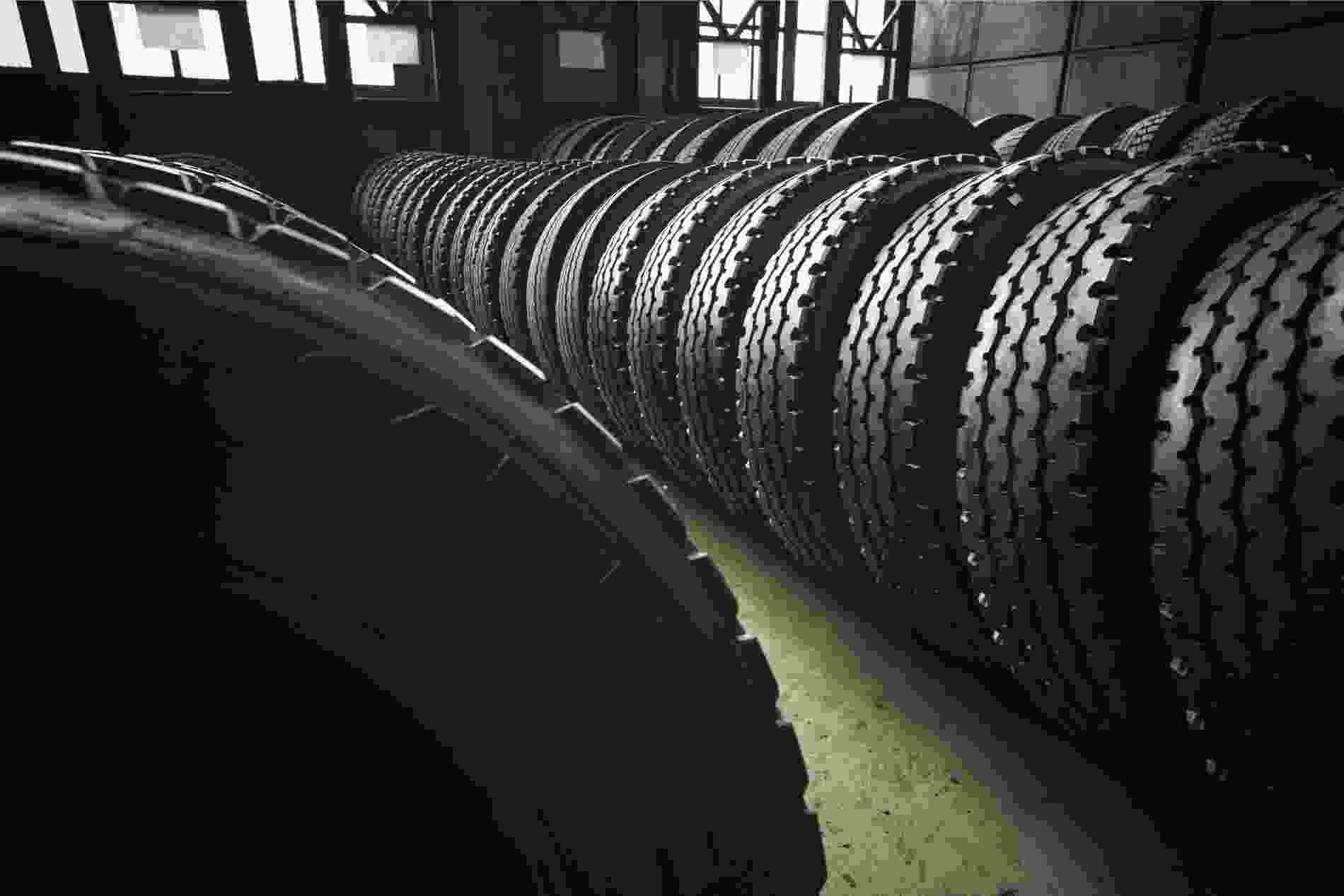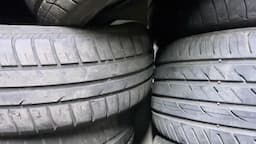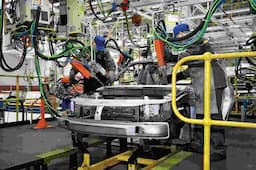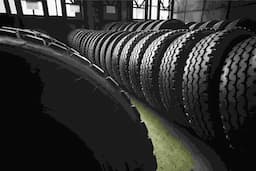Introduction
Engine overheating is a common issue that can lead to severe damage if not addressed promptly. Whether you're driving in extreme heat or dealing with a malfunctioning cooling system, understanding how to diagnose and fix overheating problems is essential for maintaining your vehicle's performance and longevity. This guide will help you identify the causes of engine overheating, troubleshoot the problem, and implement effective solutions.
Understanding Engine Overheating
When your engine overheats, it means the temperature inside the engine has exceeded its normal operating range. A properly functioning engine runs between 195°F and 220°F. If the temperature gauge rises above this range, it signals a problem that needs immediate attention.
Common Symptoms of Engine Overheating:
- Temperature gauge moving to the red zone
- Steam or smoke coming from under the hood
- Unusual burning smells from the engine bay
- Decreased engine performance or power loss
- Coolant warning light on the dashboard
Ignoring these symptoms can result in catastrophic engine failure, requiring costly repairs or even a complete engine replacement.
Causes of Engine Overheating
Several factors can cause your engine to overheat. Identifying the root cause is crucial for finding the right solution.
1. Low or Leaking Coolant
Coolant is essential for regulating engine temperature. If your coolant level is low due to a leak, the engine will overheat quickly.
🔧 Fix:
- Check the coolant reservoir and refill if needed.
- Inspect for leaks in hoses, the radiator, or the water pump.
- Use a coolant pressure tester to identify hidden leaks.
2. Faulty Thermostat
The thermostat controls the flow of coolant through the engine. If it gets stuck closed, coolant won’t circulate, causing the engine to overheat.
🔧 Fix:
- Remove and test the thermostat by placing it in hot water (it should open around 195°F-220°F).
- If the thermostat remains closed, replace it with a new one.
3. Radiator Problems
A clogged or damaged radiator can’t dissipate heat efficiently, leading to overheating.
🔧 Fix:
- Flush the radiator to remove blockages.
- Inspect the radiator for damage and replace it if necessary.
- Check the radiator cap for proper sealing and replace if needed.
4. Water Pump Failure
The water pump circulates coolant through the engine. A failing water pump can prevent proper coolant flow.
🔧 Fix:
- Listen for grinding noises from the water pump area.
- Check for coolant leaks around the pump.
- Replace the water pump if faulty.
5. Cooling Fan Malfunction
Electric or mechanical cooling fans help keep the engine temperature in check. If the fan fails, the radiator won’t cool properly.
🔧 Fix:
- Test the fan by running the engine and observing if it activates.
- Inspect the fan motor and relay for faults.
- Replace a malfunctioning fan or relay as needed.
6. Blown Head Gasket
A blown head gasket can allow coolant to mix with engine oil or escape as steam, causing overheating.
🔧 Fix:
- Check for white smoke from the exhaust (a sign of coolant burning in the engine).
- Inspect the oil dipstick for a milky appearance (indicating coolant contamination).
- A head gasket replacement is a complex repair best handled by professionals.
7. Air in the Cooling System
Air pockets in the cooling system can disrupt coolant flow, leading to overheating.
🔧 Fix:
- Bleed the cooling system by running the engine with the radiator cap off (in a safe manner) until all air bubbles escape.
- Use a vacuum coolant filler to remove air pockets efficiently.
8. Drive Belt or Hose Issues
A broken drive belt can stop the water pump from working, and damaged hoses can lead to coolant leaks.
🔧 Fix:
- Inspect belts for cracks, fraying, or looseness.
- Check hoses for bulges, leaks, or weak spots.
- Replace damaged belts or hoses immediately.
Step-by-Step Guide to Fix Engine Overheating
Step 1: Turn Off the Engine Immediately
If your engine overheats, stop driving and turn off the engine to prevent further damage.
Step 2: Let the Engine Cool Down
Never open the radiator cap while the engine is hot—boiling coolant can cause severe burns. Wait at least 30-60 minutes before proceeding.
Step 3: Check the Coolant Level
- Open the hood and locate the coolant reservoir.
- If the coolant level is low, add a 50/50 mix of coolant and distilled water.
- If you notice leaks, avoid driving until the issue is resolved.
Step 4: Inspect for Leaks and Damage
- Check under the car for coolant puddles.
- Inspect hoses, radiator, and water pump for leaks.
Step 5: Test the Thermostat and Cooling Fan
- Run the engine and observe if the fan turns on when the engine reaches operating temperature.
- If the thermostat is faulty, replace it.
Step 6: Flush the Radiator if Needed
- Remove the radiator drain plug and let old coolant drain out.
- Refill with fresh coolant and bleed the system to remove air pockets.
Step 7: Seek Professional Help for Major Issues
If the problem persists or involves a head gasket failure, visit a trusted mechanic to prevent further damage.
Preventing Future Overheating Issues
🔹 Regular Maintenance: Check coolant levels, hoses, and belts during routine inspections.
🔹 Use High-Quality Coolant: Always use the manufacturer-recommended coolant type.
🔹 Monitor the Temperature Gauge: If you notice unusual spikes, investigate immediately.
🔹 Flush the Cooling System: Perform a complete coolant flush every 30,000-50,000 miles.
🔹 Inspect the Radiator Cap: Ensure it maintains proper pressure to prevent overheating.
Conclusion
Engine overheating is a serious issue that requires immediate attention. By understanding the common causes and following the troubleshooting steps outlined above, you can diagnose and fix most overheating problems before they lead to costly repairs. Regular maintenance and early detection are key to keeping your engine running smoothly and efficiently.
At Chet Wilson Engine Service, we specialize in high-performance engine solutions, including expert diagnostics and repairs. If you’re facing persistent overheating issues, contact us for professional assistance!
🚗 Stay cool, drive safe, and keep your engine running at peak performance! 🔧
